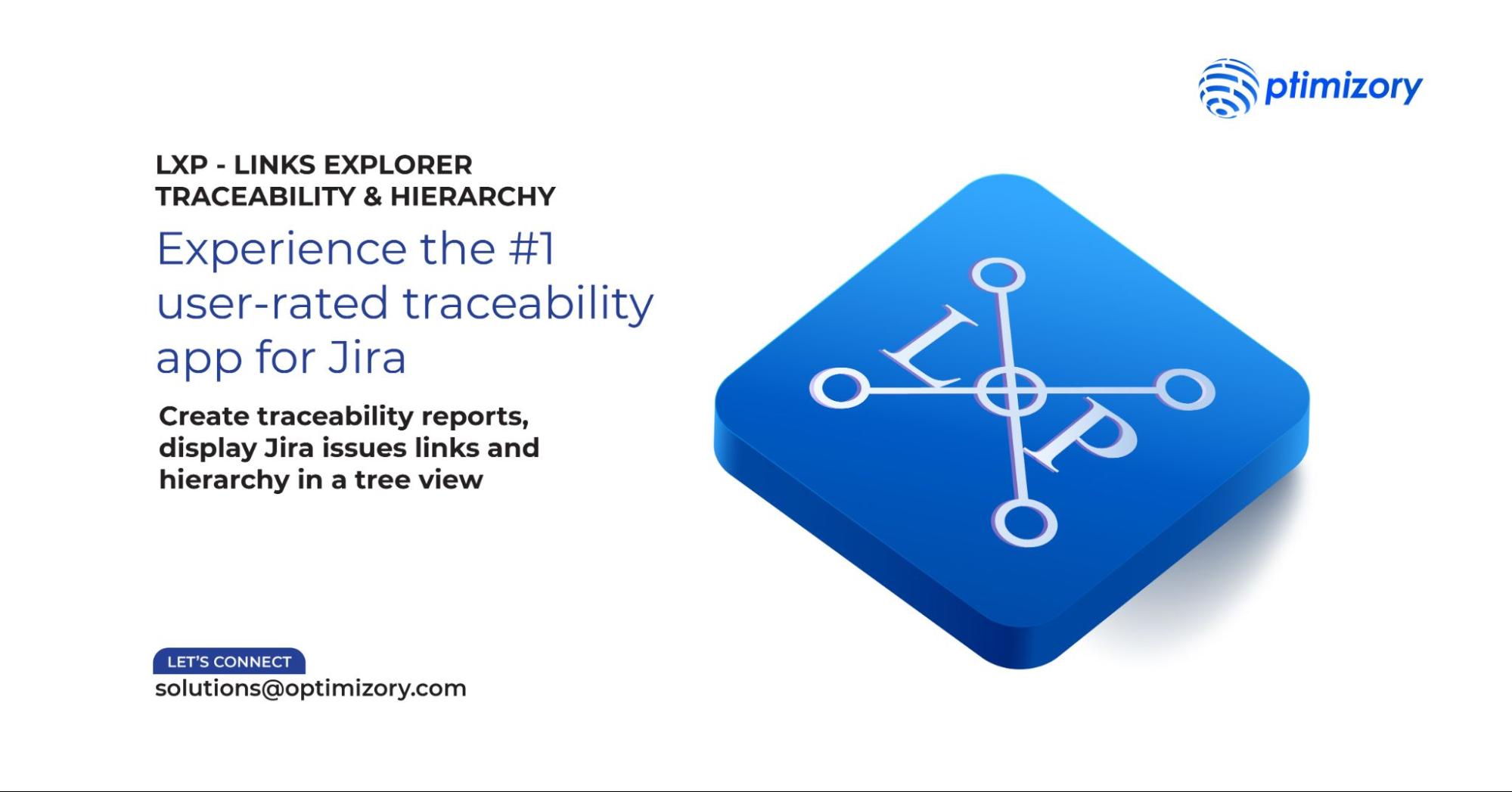

Juggling tasks, managing teams, and ensuring everything align with project goals – that's the life of a project manager. But amidst the whirlwind, one aspect often gets tangled: requirements traceability.
Ever felt like chasing ghosts? Requirements flit in and out of documents, emails, and meetings, leaving you unsure if they're truly being met.
One tool that can significantly aid in this endeavor is the requirement matrix. Let's explore what it entails, its significance, and how it can streamline your project management process with Optimizory's Links Explorer (LXP).

A requirement matrix, also known as a requirements traceability matrix, is a structured tool used in project management to establish and track relationships between different project elements. It serves as a roadmap, linking requirements to other essential components such as design documents, test cases, and issues.
In the dynamic field of project management, clarity and traceability are paramount. A requirements traceability matrix provides a centralized framework for understanding and managing project requirements, ensuring alignment, transparency, and accountability throughout the project lifecycle.
Imagine navigating a city without a map. Confusion, wrong turns, and wasted time are inevitable. The same happens when requirements lack traceability. Here's why it's crucial:
A typical requirement matrix includes the following components:

Optimizory's Links Explorer (LXP) is a cutting-edge requirements traceability tool designed to enhance requirement traceability and project management efficiency. With LXP, project managers can seamlessly create and maintain a requirement traceability matrix in Jira, optimizing collaboration and visibility across the project.
LXP offers a myriad of features to streamline Jira requirement traceability. This powerful app provides:
With LXP, you can ditch the spreadsheet jungle and embrace a modern, efficient way to manage Jira requirements traceability. Imagine the peace of mind knowing exactly where each requirement lives, how it's being implemented, and whether it's on track. Now that's project management bliss!
In conclusion, the requirement matrix is a cornerstone of effective project management, offering unparalleled clarity and traceability throughout the project lifecycle. With Optimizory's Links Explorer (LXP), project managers can harness the power of requirement traceability to drive project success and achieve their organizational goals. Explore LXP today and revolutionize your approach to traceability matrix project management.